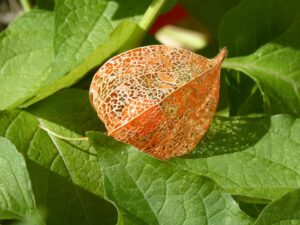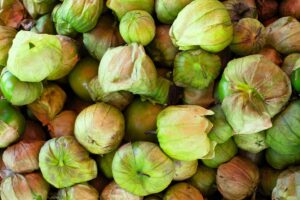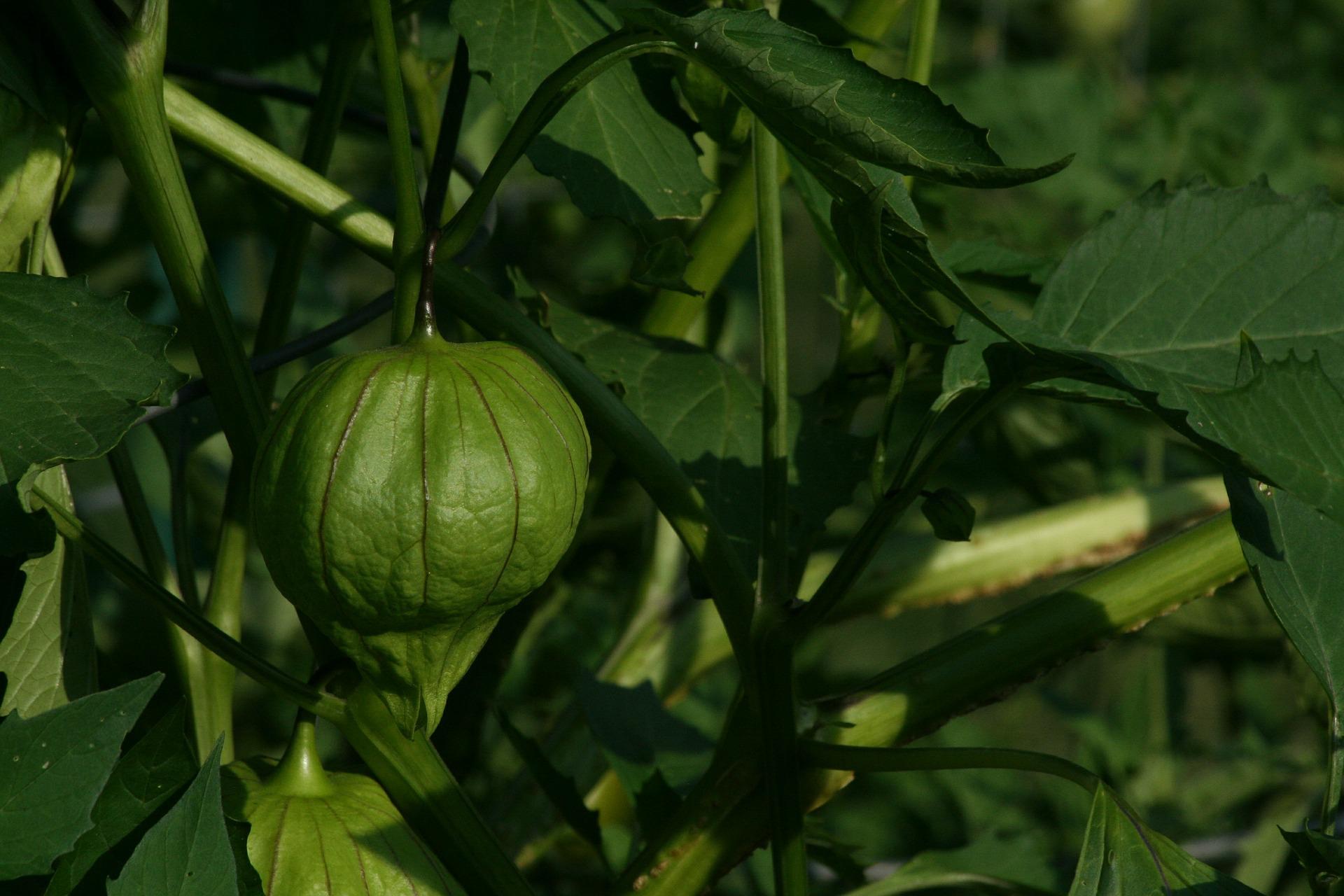Tomatillo Plantings
Looking to enhance your garden’s tomatillos with a few companion plants? Companion planting can be challenging since you want to ensure that you are only growing the best plants for your yard. In this article, a specialist in organic gardening, explains the tomatillo companion plants.

Tomatillos are a member of the same plant family as tomatoes, peppers, and eggplants and have their origins in Mexico. Although they develop inside a thin, papery husk, these fruits have the appearance of green tomatoes. Once the husks are removed and the fruits are diced, grilled, baked, or simmered, tomatillos’ vibrant lemon-apple-herb flavour enhances traditional Mexican and Southwestern dishes.
Main objectives of companion plantings
- Keeping bug pests at bay
- Luring predatory insects for good
- Bringing in pollinators
- Making particular nutrients or minerals accessible in the soil
- Utilizing vacant space
- Trellis-like or supporting role for another plant
- Enhancing a bed’s biodiversity
- Defend your crops against microorganisms that cause disease
- Fill up empty places to stop weed growth
Growing Tomatillos: A Guide
Tomatillos are grown as tall, bushy plants that can generate vast quantities of fruit, which resembles a tomato. To ensure effective pollination, plant at least two tomatillo plants. Because tomatillos are sown indoors from seeds and transplanted when the weather warms up in the spring, cultivating them is comparable to growing tomatoes. Although yellow and purple tomatillos are also available, the majority of them yield green fruits.
Preparation
Before transplanting tomatillo seeds in the garden after the risk of frost has gone, start the seeds indoors at least 6 to 8 weeks in advance. Consider purchasing tomatillo grafts as an alternative. Find a sunny area on the patio or in the yard. Compost, well-aged manure, or similar organic amendment should be added to the soil to prepare it for growing tomatoes.
To ensure dependable and thorough watering throughout the season, set up a drip irrigation system or soaker hose in advance. By watering at the soil level, make careful to keep the leaves dry.
Plantation
Wait until the soil reaches a temperature of at least 65 degrees and the nightly lows are consistently above 55 degrees. Before planting, tomatillo transplants need a few days to harden off outside. They should first be placed in a safe, shaded area, then moved gradually into the sun. Transplants should be spaced at least 36″ apart in rows.
To mulch around the plants, use an organic mulch, such as straw or dry, shredded tree leaves. Make sure to keep plant stems clear of the mulch. Tomato cages planted at planting time are an excellent option to support these plants because they have a propensity to sprawl.
Maintenance
Tomatillos require regularly and profoundly damp soil in order to thrive. Mulch will lessen the need for weeding and assist in preserving soil moisture. But make careful to remove any weeds that appear in the garden.
Give plants a boost of liquid soluble fertiliser once a month when watering to increase productivity.
Harvesting
At 75 days, start keeping an eye out for the formation of the tiny, green or purple, tomato-like fruits. When the fruits are firm and the papery husks develop a light brown colour, tomatillos are ready for harvest. The fruit will start to lose some of its flavours if you wait too long to harvest it.

For three to four weeks, tomatillos can be kept in the refrigerator in a paper bag. Remove the husk and wash the fruit to get rid of any sticky residue before cooking. For best production, we should use tomatillo companion plants.
Read About: White Cucumbers
Tomatillo companion plants
Plant these plants beside tomatillos:
- Basil
- Carrots
- Marigolds
- Nasturtiums
- Onions
- Parsley
- Peas
- Peppers
- Onions
These are the best tomatillo companion plants you can use in your garden.
Do not plant with:
- Corn
- Dill
- Eggplant
- Fennel
- Kohlrabi
- Potatoes
This is all about tomatillo companion plants and how we can get the best production.

[…] Tomatillo Companion Plants – A Growing Guide […]